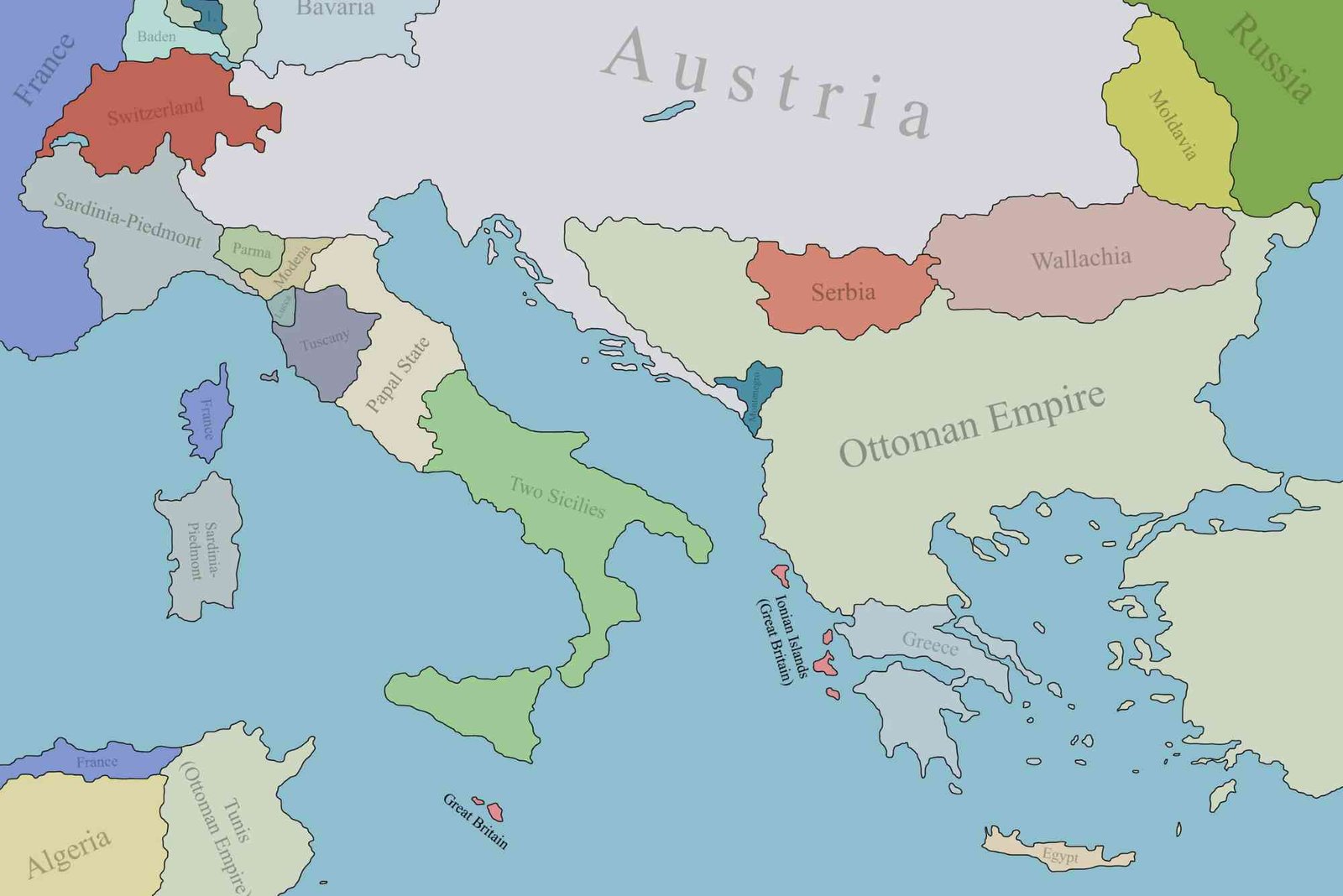Introduction
Italy’s charm extends beyond its art, food, and architecture—it thrives in its culture of reuse, reinvention, and timeless design. For travelers and locals alike, exploring Italy’s secondhand scene is like opening a portal into decades of fashion, craftsmanship, and stories woven into each piece. Milan, the country’s fashion capital, offers a unique experience through its vintage and secondhand districts—Navigli, Brera, and Isola. Each of these neighborhoods embodies a distinct atmosphere, turning secondhand shopping into an artistic and cultural exploration. This detailed guide to the Italy secondhand map: Navigli Brera Isola will take you through the soul of sustainable fashion and authentic Italian lifestyle.
The Rise of Secondhand Culture in Italy
In recent years, Italy has seen a significant shift in how people perceive fashion and sustainability. Secondhand shopping is no longer just about saving money; it’s about embracing individuality, craftsmanship, and conscious living. Milan’s stylish residents have turned to vintage markets and pre-loved boutiques to find unique pieces that tell a story. The Italy secondhand map highlights the key areas—Navigli, Brera, and Isola—where sustainability meets style.
Why Milan Leads the Way in Vintage Revival
Milan’s influence on global fashion means that trends born here spread across continents. As fast fashion’s environmental impact becomes clearer, Italians are leaning toward curated vintage finds and upcycled collections. The city’s mix of high-end boutiques and bohemian stalls creates a rich ecosystem where designer items coexist with locally crafted pieces from past decades.
Navigli: The Heart of Bohemian Vintage
Where Art Meets Nostalgia
Navigli is one of Milan’s most picturesque neighborhoods, famous for its romantic canals, artistic soul, and lively night scene. It’s also the beating heart of Milan’s vintage market culture. On weekends, the streets transform into open-air bazaars filled with everything from antique jewelry to retro dresses. The atmosphere is vibrant and eclectic, making it the perfect starting point on your Italy secondhand map.
What Makes Navigli Special
Navigli’s secondhand shops blend fashion, art, and nostalgia. Many stores are family-owned, passed down through generations, offering rare finds like 70s leather jackets, handmade shoes, and vintage sunglasses. Even if you’re not a seasoned thrifter, exploring Navigli’s boutiques is an experience in itself. The canal-side charm, the scent of espresso, and the hum of Italian chatter create a cinematic backdrop for treasure hunting.
Tips for Navigli Shoppers
Plan your visit during the last Sunday of the month, when the Navigli Antique Market takes place. Arrive early to explore stalls before they get crowded. Bring cash, as some vendors don’t accept cards, and don’t hesitate to negotiate politely—Italian shopkeepers appreciate friendly bargaining.
Brera: Artistic Elegance and Timeless Design
The District of Refined Taste
If Navigli embodies bohemian flair, Brera radiates sophistication. Known as Milan’s artistic quarter, Brera combines creativity with elegance. It’s home to art galleries, ateliers, and vintage boutiques that cater to those with a discerning eye. On the Italy secondhand map, Brera represents the polished side of pre-loved fashion.
Fashion with History
Walking through Brera’s cobblestone alleys, you’ll find shops that feel like miniature museums. Many stores curate pieces from Italian and French designers, offering couture garments from the 50s to the 90s. Accessories like silk scarves, fine handbags, and statement jewelry abound. These aren’t random thrift items—they’re carefully selected works of wearable art.
Sustainable Luxury
Brera’s secondhand scene focuses on sustainability through quality. Instead of mass-produced clothing, you’ll discover timeless items designed to last for decades. This aligns perfectly with Italy’s long-standing values of durability and craftsmanship. Shopping here is more than consumption—it’s preservation of heritage.
How to Explore Brera Like a Local
Take your time. Brera invites you to slow down and absorb its beauty. Stop for a cappuccino at a corner café, then wander through side streets where boutiques hide behind ivy-covered facades. Many shop owners are happy to share stories behind each piece, making every purchase meaningful.
Isola: Milan’s Creative Urban Soul
A Blend of Modernity and Vintage
Once an industrial zone, Isola has transformed into one of Milan’s most creative and youthful neighborhoods. It’s the place where innovation meets tradition—where street art meets retro design. On the Italy secondhand map, Isola adds a modern twist, attracting artists, designers, and trendsetters looking for bold, unconventional finds.
What You’ll Discover in Isola
Isola’s secondhand stores carry everything from funky streetwear to refurbished furniture and indie Italian brands. You might stumble upon a pair of vintage Levi’s next to an upcycled leather jacket or discover furniture pieces reinvented by local artists. Many boutiques here operate with a clear sustainability mission—reducing waste while celebrating creativity.
The Vibe of Isola
Isola feels authentic and dynamic. It’s not as polished as Brera or as romantic as Navigli, but it’s real. The locals here embrace individuality, and that reflects in the diversity of shops. After browsing vintage stores, you can relax in one of the many concept cafés or attend an open-air art event. This district captures the essence of Milan’s evolving culture.
Connecting the Map: Navigli, Brera, and Isola
Each of these districts—Navigli, Brera, and Isola—forms a triangle of Milan’s secondhand identity. Navigli offers charm and spontaneity, Brera provides refinement and depth, and Isola adds creativity and rebellion. Together, they showcase the multidimensional nature of Milanese style and sustainability. Whether you’re a vintage lover, an eco-conscious traveler, or simply curious, exploring this Italy secondhand map gives you a deeper appreciation of Italian lifestyle beyond the mainstream.
How to Make the Most of Your Secondhand Journey
Go with an Open Mind
Secondhand shopping is about discovery. You may not find what you expected, but you’ll likely uncover something more valuable—a connection to the past or an unexpected piece that fits your personality perfectly.
Learn the Story Behind Each Piece
Italian secondhand culture thrives on storytelling. Many items come with rich histories, and sellers often love sharing those stories. Understanding where an item came from adds sentimental worth and helps preserve its legacy.
Combine Shopping with Sightseeing
The neighborhoods themselves are works of art. After browsing vintage shops in Navigli, enjoy a canal-side aperitivo. In Brera, visit art galleries between boutique visits. In Isola, explore local murals and creative studios. This combination of fashion and culture makes your journey unforgettable.
Why Secondhand Shopping Matters
Choosing secondhand means supporting sustainable consumption and reducing fashion waste. In Italy, this choice also helps preserve craftsmanship and the artistry of earlier eras. It’s a way of honoring the past while shaping a more conscious future. The Italy secondhand map not only leads you to shops but also to experiences that nurture creativity and responsibility.
The Emotional Value of Vintage
Wearing something that has lived before you carries a certain magic. It’s not just fabric—it’s history. Each item reflects a part of Italian culture, from the golden age of design to the quiet skill of tailors who valued quality over quantity.
Practical Tips for Secondhand Shoppers in Milan
Carry a small bag or tote—it’s more eco-friendly and practical for navigating busy markets. Dress comfortably, especially if you plan to walk between districts. Many boutiques are closed during lunchtime, so plan accordingly. Keep a small budget for spontaneous finds; the best treasures often appear when you least expect them.
Rediscover Italy Through Its Secondhand Map
Exploring the Italy secondhand map: Navigli Brera Isola isn’t just about shopping—it’s about connecting with Italian culture in a personal, sustainable way. Each district offers its own narrative, from Navigli’s bohemian charm to Brera’s refined artistry and Isola’s creative pulse. Together, they form a mosaic of style, history, and conscious living. Whether you’re an experienced thrifter or a first-time visitor, these neighborhoods invite you to slow down, explore, and uncover treasures that transcend trends. Next time you’re in Milan, skip the mainstream malls and let the Italy secondhand map guide your footsteps. Embrace sustainability, celebrate craftsmanship, and take home not just a souvenir—but a story stitched in time.
Frequently Asked Questions
What is the best area in Milan for vintage shopping?
Navigli is the most famous area for vintage shopping, thanks to its markets and canal-side boutiques. Brera and Isola also offer high-quality secondhand options with different vibes.
When is the best time to visit Milan for secondhand shopping?
Spring and autumn are ideal. The weather is pleasant, and outdoor markets are in full swing. The last Sunday of each month is particularly lively in Navigli.
Are secondhand shops in Milan expensive?
Prices vary. Navigli and Isola have affordable finds, while Brera features curated luxury items at higher prices. However, every district offers good value for the quality and uniqueness.
Can tourists easily navigate between Navigli, Brera, and Isola?
Yes. Milan’s public transport system makes it easy to move between neighborhoods by metro or tram. You can explore all three districts in one day if you plan efficiently.
Do Italian secondhand stores sell authentic designer items?
Absolutely. Many vintage boutiques specialize in authenticated pieces from top brands like Gucci, Prada, and Versace. Always ask about authentication certificates if purchasing luxury goods.




